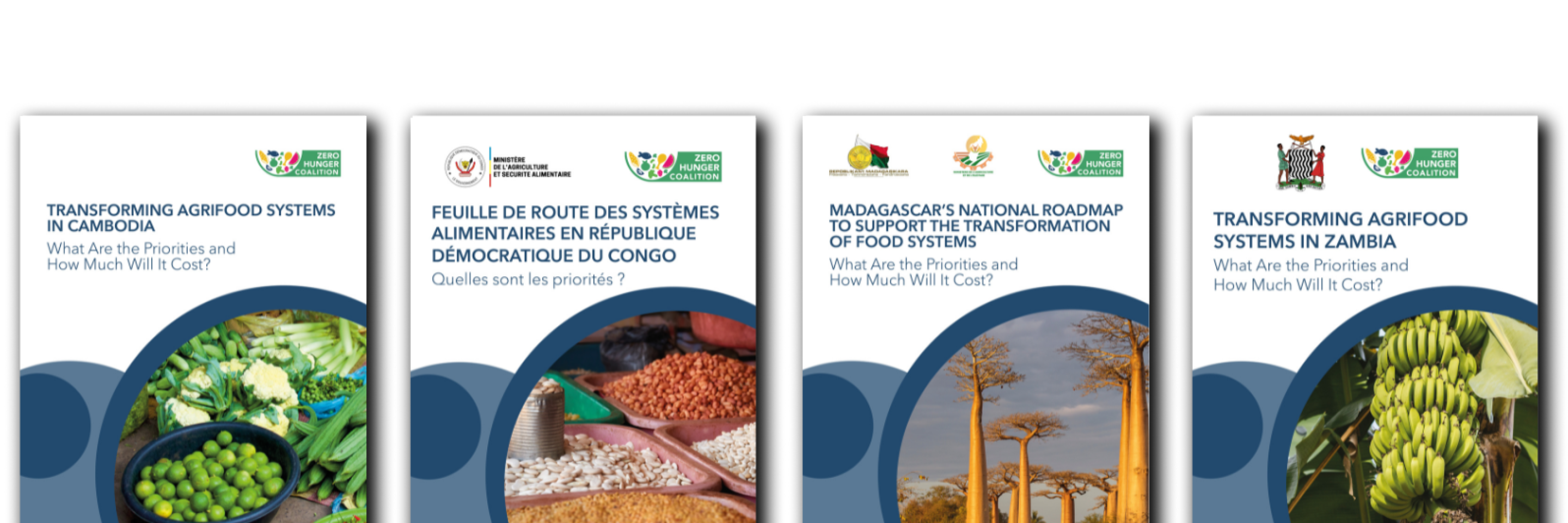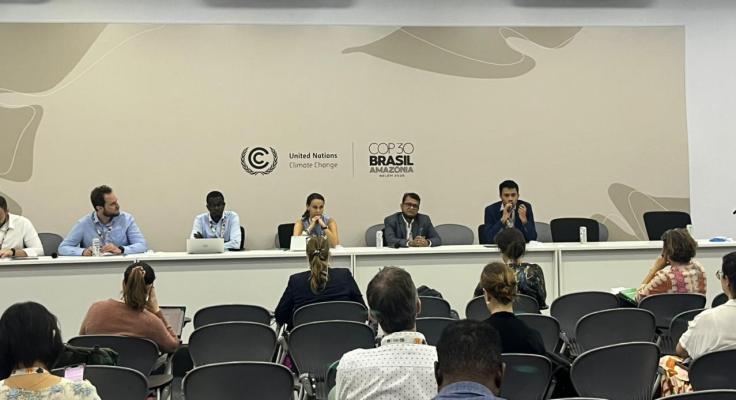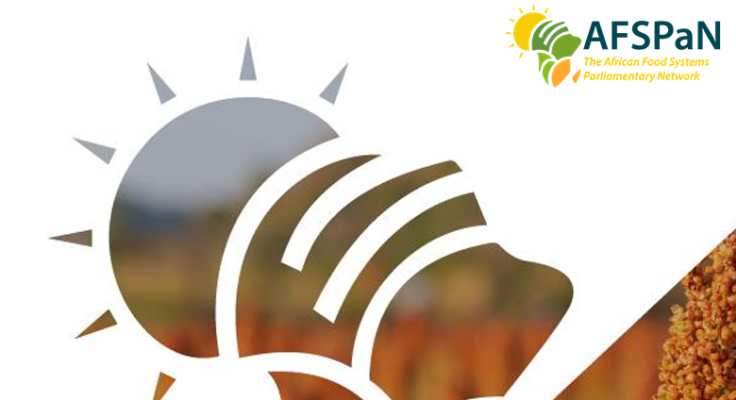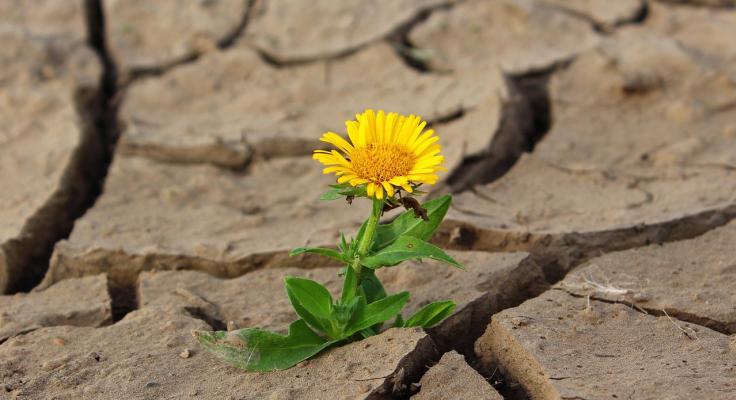
Beyond hunger: how countries can achieve climate, gender and nutrition outcomes
Despite shrinking aid budgets, rising debt burdens and a retreat from multilateral cooperation, the global community can end hunger and poverty – nutritiously, equitably and sustainably – in the next decade.
The Zero Hunger Coalition, together with national governments and researchers from Hesat2030, has developed a series of evidence-based, investment-ready roadmaps for six countries. Today we launch the roadmaps for Cambodia, the Democratic Republic of Congo, Madagascar and Zambia. Each roadmap presents a costed portfolio of interventions tailored to national priorities with the aim of achieving five interconnected outcomes:
Eliminate hunger and malnutrition
Achieve healthier diets
Improve smallholder livelihoods
Advance gender equality
Enhance climate resilience
This is a unique exercise that integrates country priorities with evidence and economic modelling to achieve five outcomes simultaneously. The portfolios of interventions are based on evidence, acquired through an AI-powered literature review and economic modelling, from researchers in Hesat2030 combined with participatory, country-led interventions. The interventions are designed to navigate trade-offs — for example, between nutrition, productivity, and climate adaptation — while reflecting the local context and development trajectory of each country.
Building climate resilient food systems
The countries analysed differ significantly in economic structure, development status, and vulnerability. Hunger prevalence, for instance, ranges from 5% in Cambodia to 40% in Madagascar. Yet, despite these differences, all are increasingly exposed to the consequences of climate change — from extreme droughts in Zambia to more frequent flooding in Cambodia and Bangladesh. Climate change is disrupting food production and livelihoods.
Take the southern regions of Madagascar as an example. In the past decade, these regions have faced a combination of rising temperatures, declining rainfall and prolonged drought at an increased frequency since 2012. Crop yields and productivity have declined while hunger rates have risen from 27% of the population in 2012 to 40% in 2022. Similarly, Zambia has experienced a severe drought this year with nearly half of its harvest lost.
Yet, there are also opportunities. Both Madagascar and the DRC possess critical natural resources, including the world’s second largest rainforest and unique ecosystems, that are vital for carbon sequestration and biodiversity conservation. Similarly, Zambia, with its abundance of arable land and expansive forests, woodlands and grasslands, has the potential to contribute to climate mitigation efforts.
Ending nutrition neglect
While Cambodia has made remarkable progress in reducing hunger — from 24% to 5% over two decades — it has seen a rapid rise in obesity and non-communicable diseases. This underscores a critical lesson: hunger and malnutrition must be addressed together.
Diets across the six countries remain heavily dominated by starches with limited diversity. For example, Zambia has the highest per capita consumption of maize in the world, with cereals and starches comprising 76% of the average daily caloric intake. Similarly, cereals and starches comprise 60% of the average daily caloric intake in Cambodia and 80% in Madagascar.
Each country’s roadmap proposes a combination of context-specific nutrition strategies — including food fortification, sustainable livestock intensification, and the expansion of sustainable aquaculture. However, one priority emerges consistently: investing in food loss and waste reduction, which has proven to be one of the most cost-effective ways to improve nutrition, boost incomes, and reduce emissions.
Financing the transition
The additional public expenditure required to implement these roadmaps ranges from approximately US $1.9 billion in Zambia to US $4.5 billion in Madagascar. At a time of fiscal constraint and reduced official development assistance, such resources appear unlikely. But this is the wrong calculation, as costs will mount without action.
Better alignment between government and donor investments, between short-term funding cycles and long-term transformation goals, and across delivery systems offers an opportunity to secure resources. In addition, innovative financing approaches, such as blended finance mechanisms or debt-for-nature swaps, remain underutilised. Climate finance should be more effectively channelled toward food systems transformation.
Yielding results
The country roadmaps provide national governments and development partners with a structured framework to guide investment in hunger eradication, nutrition, agricultural productivity, gender equity, and climate resilience.
Their success has depended on a solid scientific methodology developed by Hesat2030, strong country engagement and renewed momentum across key stakeholder groups. The challenge now is to ensure that these roadmaps move beyond planning into real-world results. Success will depend on sustained collaboration, effective financing, and accountability for outcomes.
The next step, however, will be the most challenging: translating implementation into results.



